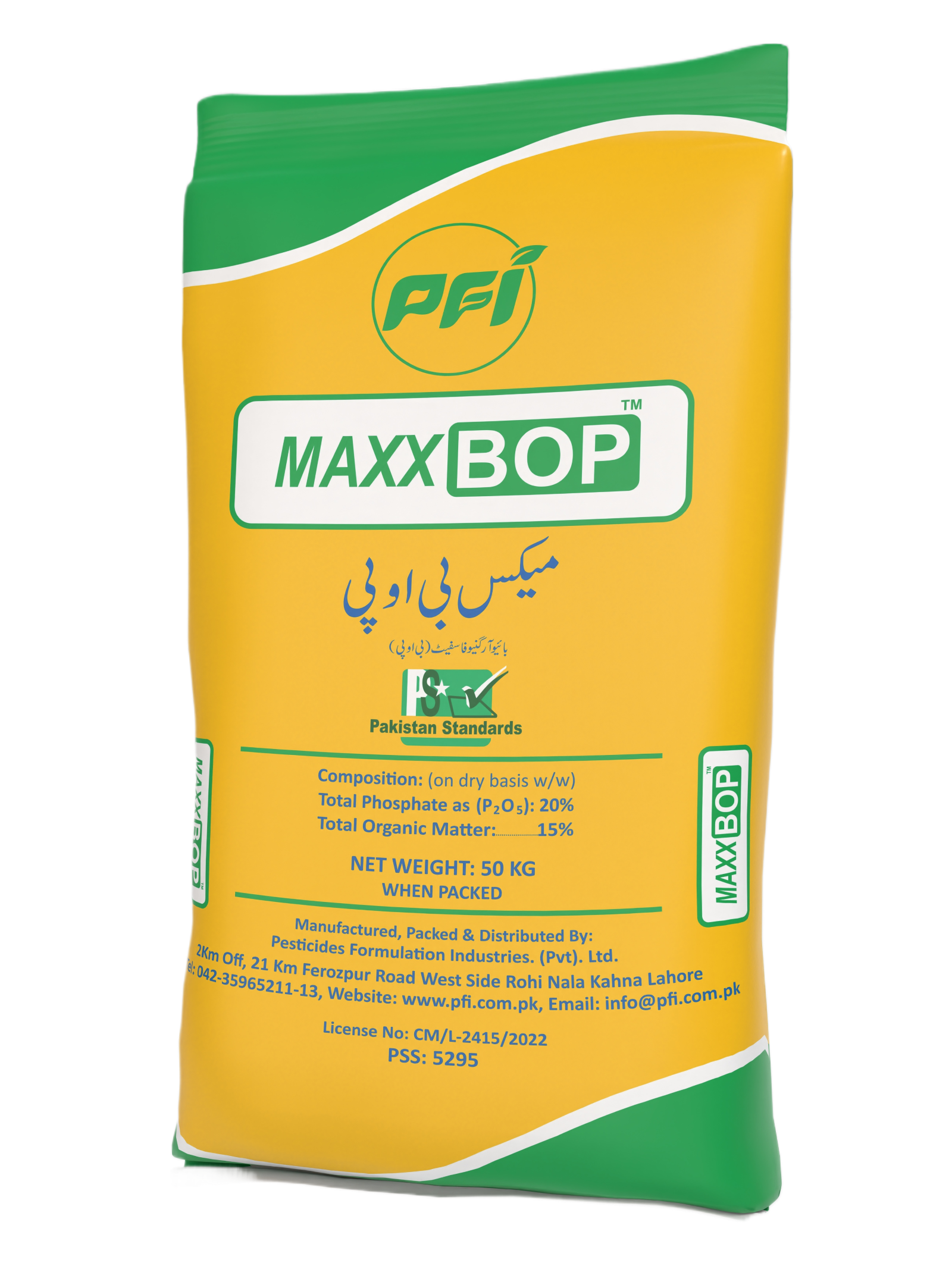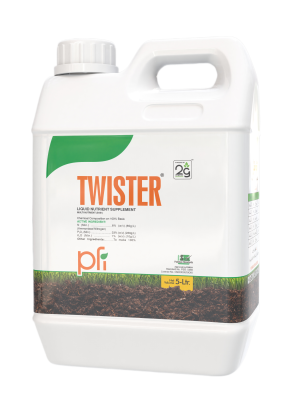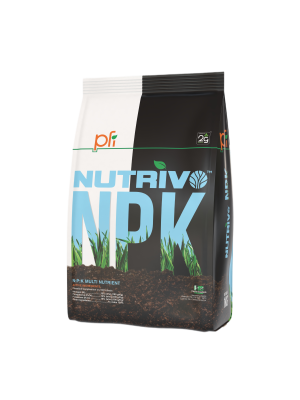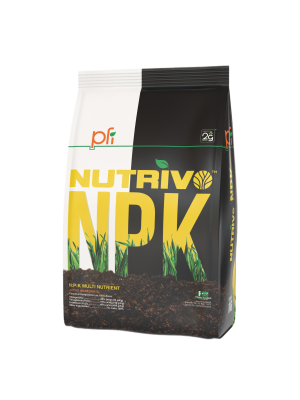Description
MAXXBOP The product you’re referring to, “Bio Organo Phosphate OM=15%, P₂O₅=20% (w/w)” seems to be an organic or biofertilizer, combining organic matter (OM) and phosphate (P₂O₅), which is the oxide form of phosphorus.
Key Features & Benefits:
- Organic Matter Content: Contains 15% organic matter, which helps improve soil structure, water retention, and nutrient availability.
- Phosphate Content: Provides 20% phosphorus as P2O5, essential for plant growth, root development, and flowering.
- Bioactive Components: Contains beneficial microorganisms and enzymes that enhance nutrient solubility and availability, promoting healthy root systems.
- Slow-Release Nutrients: The formulation ensures a gradual release of phosphorus, reducing the risk of nutrient leaching and providing sustained nutrition to crops.
- Improved Soil Health: Enhances soil fertility and microbial activity, contributing to long-term soil health and sustainability.
- Compatibility: Can be used alongside other fertilizers and organic amendments without negative interactions, providing flexibility in nutrient management.
- Enhanced Root Development: Phosphorus is crucial for strong root growth, leading to improved nutrient uptake and water absorption.
- Eco-Friendly: Derived from organic sources, making it suitable for organic farming practices and environmentally friendly crop production.
- Increased Crop Yield: Adequate phosphorus supply supports overall plant vigor, leading to higher yields and better-quality produce.
- Improved Flowering and Fruiting: Promotes flowering and fruiting, essential for reproductive success and crop quality.
- Nutrient Availability: The organic matter and bioactive components enhance the availability of phosphorus and other nutrients in the soil, leading to better plant nutrition.
- Sustainable Fertility: Supports sustainable agricultural practices by improving soil health and reducing dependency on synthetic fertilizers.
- Soil Microbial Activity: Increases the population of beneficial soil microorganisms, which play a critical role in nutrient cycling and soil health.
- Reduction of Soil Acidity: Can help buffer soil acidity, improving the overall growing conditions for crops.
- Cost-Effective: Provides a good balance of nutrients while improving soil health, making it a cost-effective option for farmers seeking sustainable practices.






